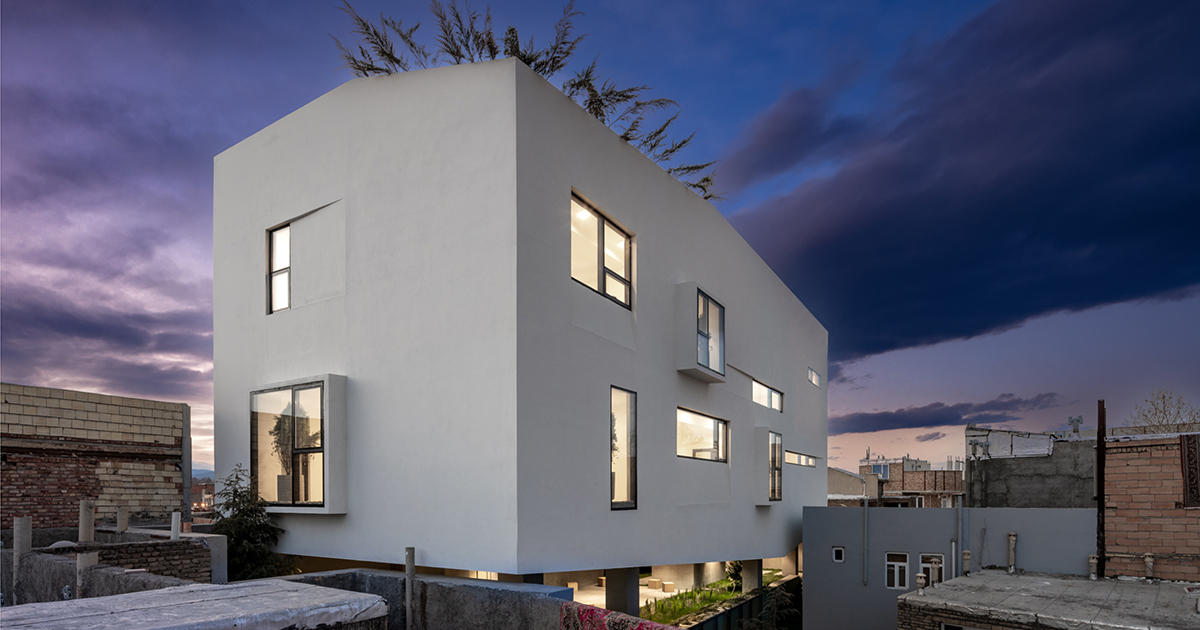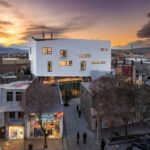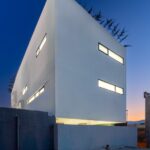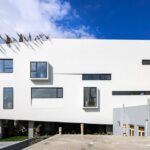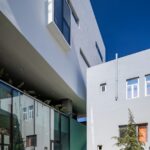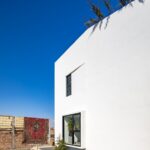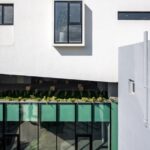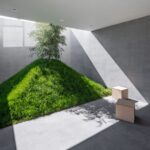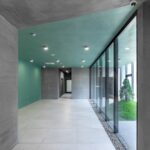Kia Lab | Davood Boroojeni Office | World Design Awards 2022
Davood Boroojeni Office: Winner of World Design Awards 2022. In designing the Kia Laboratory Project, it has been tried to create an interaction between the building and the city by adding a new application to the building, which has the role of an urban hangout and to make the border between city and building invisible. In this way, the user is faced with a structure that is both a building and a city, and the border between the two is not easily recognizable. The idea of building-city was formed after conducting different field studies and interviews with the residents of Qarah Ziya od Din (the location of the project). The city’s inhabitants considered the existence of security and the absence of coexistence spaces as two characteristics of the location.
In ancient Iranian urban development and architecture, there are examples in which the step is the element of vertical connection between two urban spaces to each other or connecting an urban space to the architectural space. In the sites that remain of the old city of Murche Khvort, there are stairs that connected two urban spaces or connect an urban space to architectural space. In the old texture of Naein, the stairs take the user from the passage to the upper floor where the places of mourning (Hussainiya) are located. Isfahan Jarchi Mosque has stairs adjacent to the bazaar passage, people can access the upper floor without the need to enter the courtyard of the mosque. In the Kia Laboratory design, people can get to the first floor of the building through the stairs placed in the passage. Residents can enter the building through the stairs and reach the first floor, without the need to enter the building and be on the ground floor. The first floor is empty space with a view of the street.
Stork’s Nest
Qarah Ziya od Din is the city of storks. Storks are so respected throughout the city that the inhabitants have made different folklores and stories for them. The storks build their nest on the infrastructure that the city has prepared for them.
The physical structure of Kia Laboratory is created based on the geometry and structure of the area and is level with the neighbors’ roof. From this level up, the formation of the building’s structure is different.
The context of the Kia Lab project has a strange feeling. The people of this city have been deprived of the lowest quality of living spaces so far. This deprivation is so deep that people do not feel a sense of belonging to their city. For them, a city is a place where they inevitably need to live in order to enjoy urban services, and they seek refuge in nature to achieve some tranquility. This has been witnessed by the author, who has lived in that city for about a year during the design and implementation of the project.
Our design started with field observations and interviews with locals. What was amazing to us was the proper security of the city. During the interviews, we did not receive any reports or complaints from the public indicating theft, harassment in the city, and the like. Most people complained about the lack of public spaces in the city. According to the analysis of these reports, the idea of the project was to add a shared space to the project. This communal space, which occupies all of the first-floor space of the project, is accessible by public road and by stairs, without the people of the city needing to enter the building or being blocked by anyone or anything. In this way, the city streets continued inside the building. Satisfying the project employer in order to economically give up the income from one floor of the building was also challenging. We talked about this issue with municipal bodies and organizations to consider facilities for this project. Together with the employer and other organs, we managed to get approval from them for the idea of a collective space in the middle of the building.
Like the texture of the city, the texture adjacent to the project is almost worthless. Therefore, we tried to object to the design of the volume based on this issue. Our solution was to create a completely different volume and use a different color with the texture. The presence of storks in the city and the way they nest gave us an interesting idea to design the project form. Storks build their nests on city infrastructures such as mosque minarets, elements in the middle of squares, or telecommunication towers without these infrastructures affecting the shape and form of their nests. We tried to implement the same idea in Kia Lab’s physical design. The lower volume of the project is like an urban infrastructure. This part follows the geometric rules of the city. In contrast, the higher volume, like the stork’s nest, shows itself quite freely.
To build this project select local Contractors and teach them how to build this project. This had two benefits for the city and the project. The first good was the sense of belonging that was created between the people of the city and the building, and the second good was the possibility of using local labor forces for the future maintenance of the building.

Project Details
Firm
Davood Boroojeni Office
Architect/Designer
Davood Boroojeni
Project Name
Kia Lab
World Design Awards Category
Healthcare Built
Project Location
Qarahziyaoddin
Project Team
Client: Kia Laboratory, Dr. Golnaz Naseri – Principal Architects: Davood Boroojeni, Saba Ammari, Hamed Kalateh – Invited Architect: Iman Enayati – Executive Team: Behrooz Ershadipoor, Majid Mokhtari
Country
Iran
Photography ©Credit
©ParhamTaghioff, Persia Photography Center
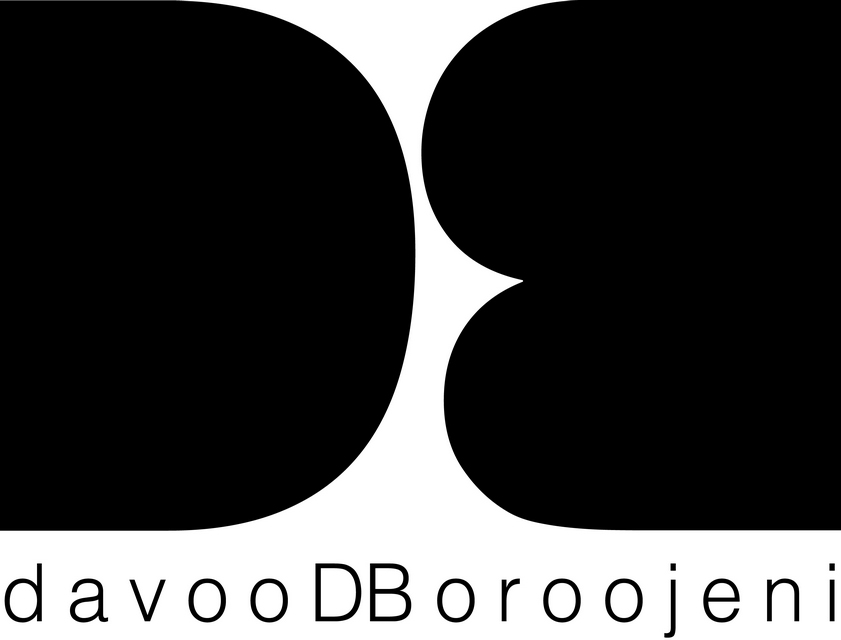 As a technically competent architect with over 15 years of professional experience, we have been involved in different stages of architectural projects including the conception of preliminary design ideas, schematic design and design development, as well as producing submittal packages, visual presentations, construction documents, layouts and details through close dialogue with clients, producers, and other engineers. We believe that our communication skills, public relations, and problem-solving experience, combined with our background in related software, and our ability to research, schedule, and coordinate design in various stages of the project, have made us a firm to depend on, and a key team member.
As a technically competent architect with over 15 years of professional experience, we have been involved in different stages of architectural projects including the conception of preliminary design ideas, schematic design and design development, as well as producing submittal packages, visual presentations, construction documents, layouts and details through close dialogue with clients, producers, and other engineers. We believe that our communication skills, public relations, and problem-solving experience, combined with our background in related software, and our ability to research, schedule, and coordinate design in various stages of the project, have made us a firm to depend on, and a key team member.



